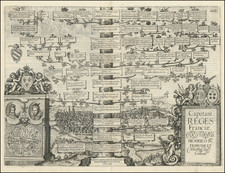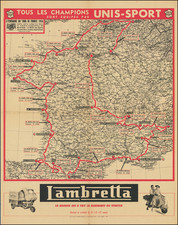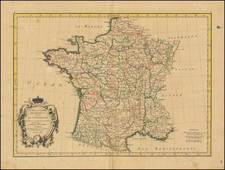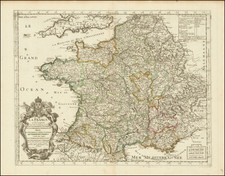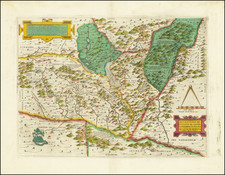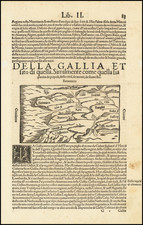France After The Treaty of Versailles
Striking map of France, issued during a pivotal moment in history, just after the end of World War I and the signing of the Treaty of Versailles.
Colored by departments, this map provides a clear view of France's administrative divisions. These departments, key to the country's governance and societal structures, are vividly distinguished, providing an immediate understanding of the nation's political organization.
The relief of the country is shown by spot heights, adding depth and dimension to the map. This element allows for a clear depiction of the country's geographical features, emphasizing the diversity of its landscapes, from mountainous regions to flatter territories.
The map is particularly significant for its accurate portrayal of the geopolitical changes post-WWI. The west German border, redefined by the 1919 Treaty of Versailles, is clearly marked. The map also shows the Territory of Saar, a region that was contested and placed under the control of the League of Nations for 15 years after the Treaty. Additionally, the French-occupied zone in the Rhine Valley is delineated, indicating France's strategic foothold in the region following the War.
Moreover, the map operates on both Greenwich and Paris meridians, offering viewers two different longitudinal reference points. This dual system indicates the map's usefulness to both international and local users.
To round out France's territories, the map includes three insets: Corsica ("Corse"), and the then French colonies of Algeria and Tunisia ("Algerie et Tunisie"), and other French colonies ("Colonies Francais"). These insets underscore France's colonial influence during the 1920s, a crucial aspect of the country's historical context.











